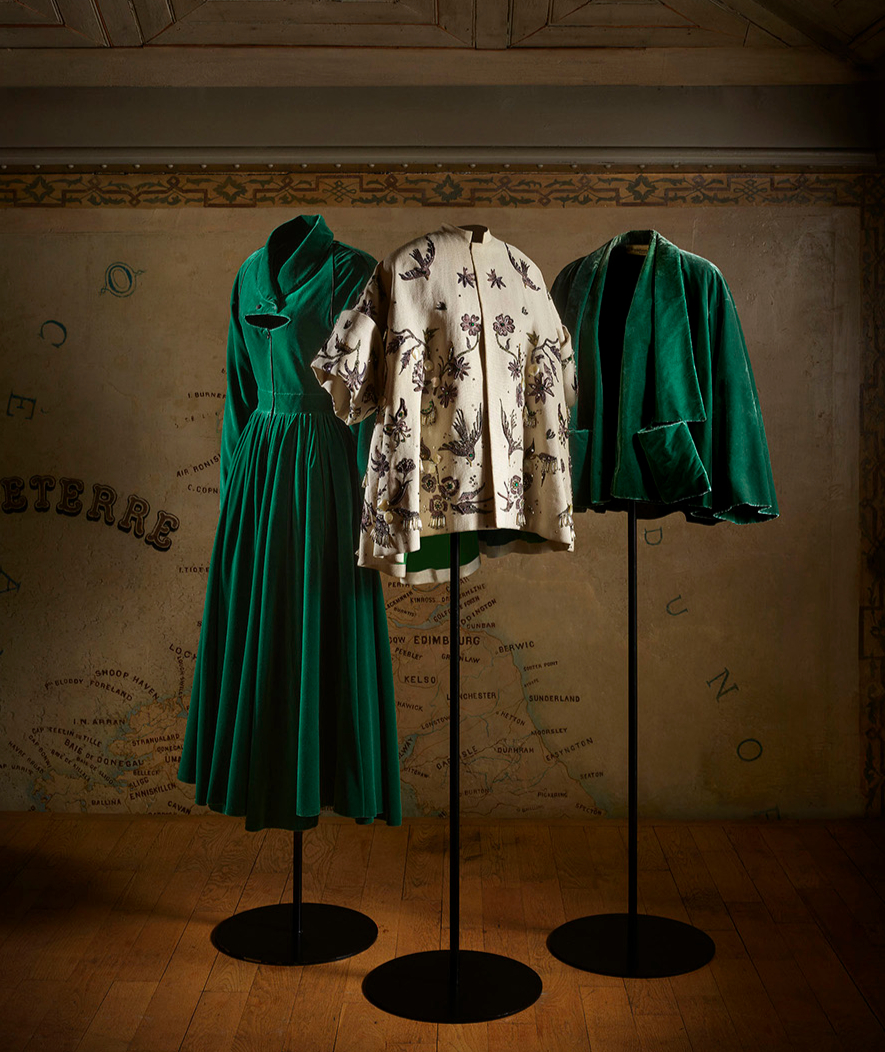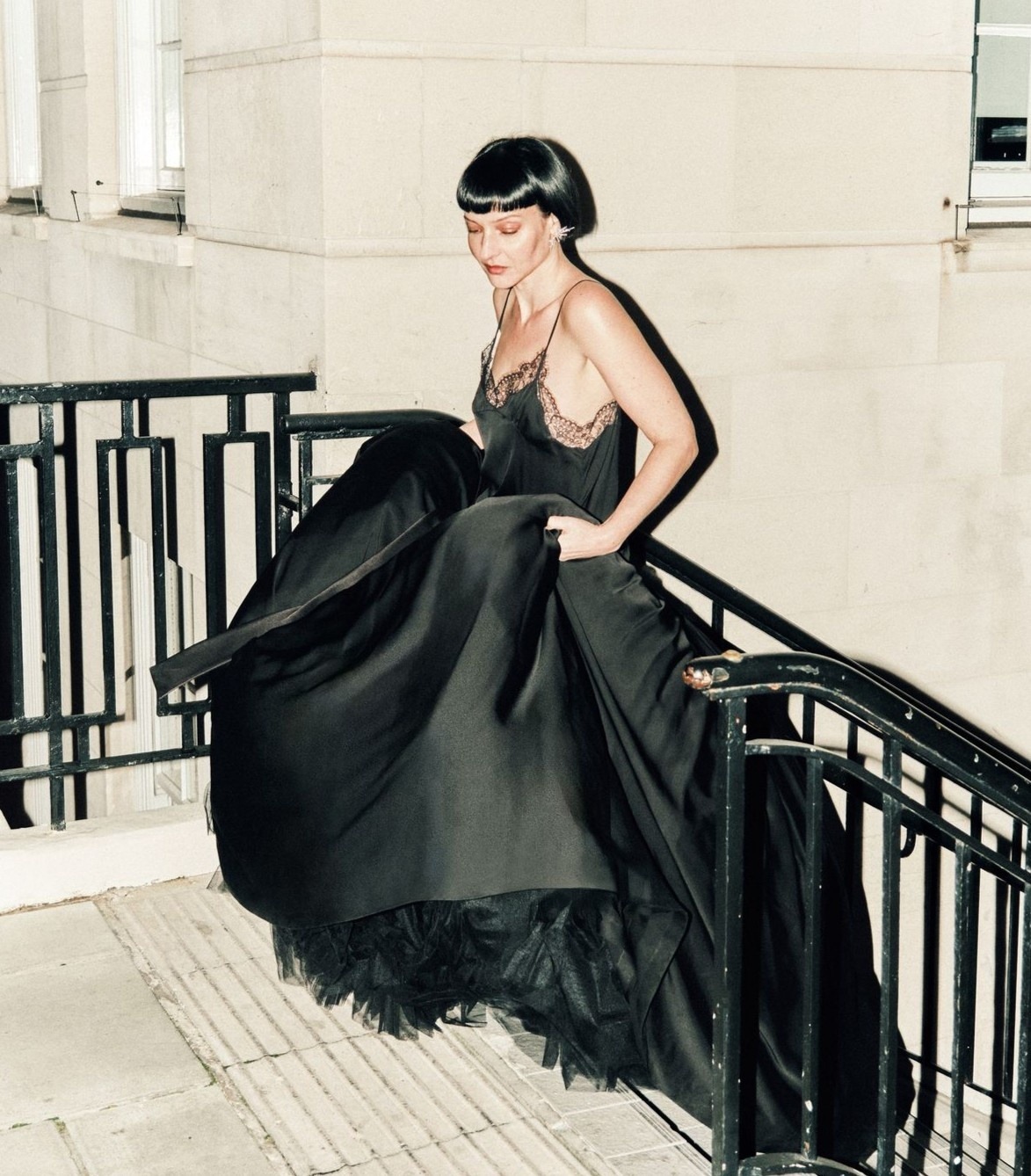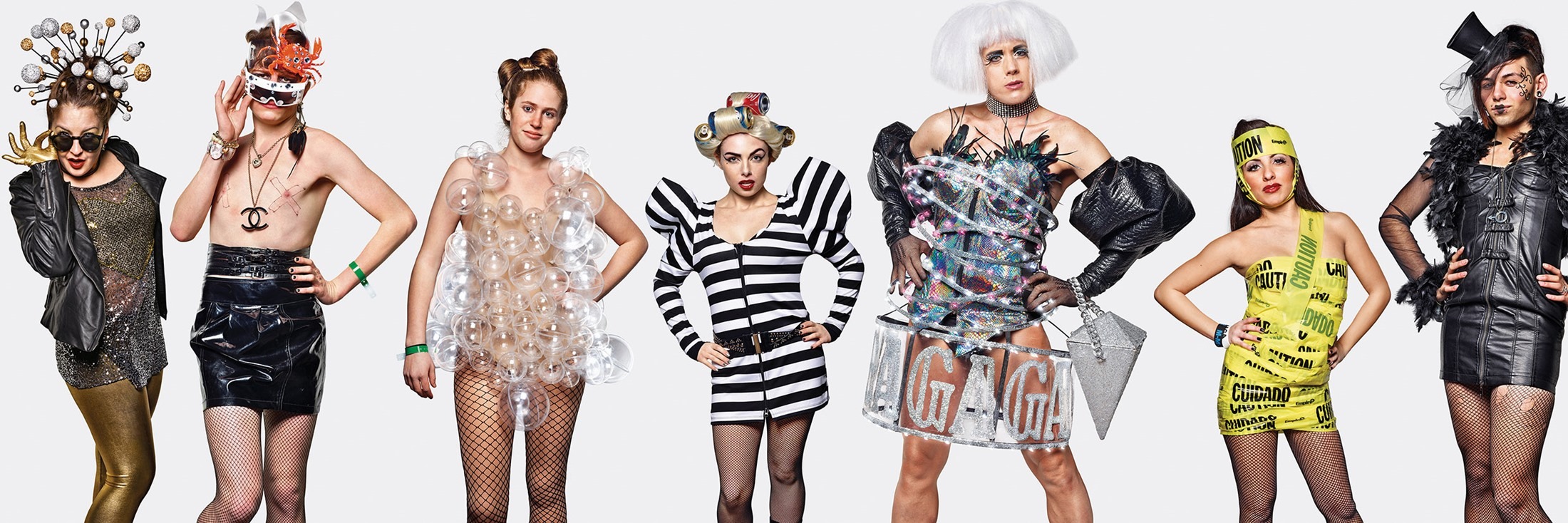
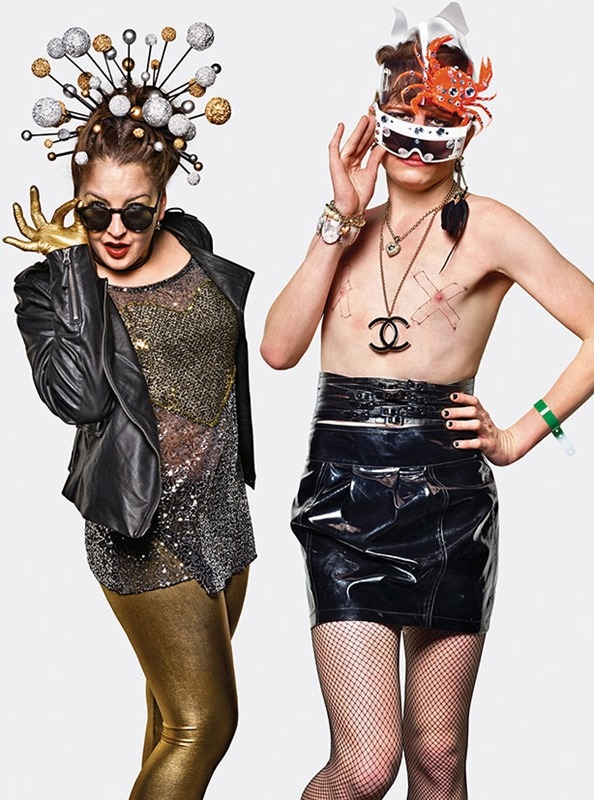
From the punk subculture of the ’70s to today’s enthusiastic Swifties, the idolization of music stars has always found expression in mirroring their style, as Tina Lončar discussed with photographer James Mollison.
As our bodies sway to the rhythm of the music, bathed in darkness and the occasional beam of light from the machines illuminating our smiling faces, I watch as dancing figures embrace complete strangers. Just like that. Without pretense, genuinely and spontaneously. It’s as if, entirely unexpectedly, they are swept up in the purest beauty of the moment, squeezing all that simplicity and beauty of life into a shared hug, making it grow even more. There truly is something magical about these stifling, sweaty clubs where we welcome the dawn together, in the bodies moving as one, in the thrill running down our spines, singing in unison as the sounds we love take us down memory roads. Music, in all its irresistible, enchanting power, reaches beyond ourselves, creating something we want to relive over and over, something we wish to share with others.
Music is far more than entertainment or the background “noise” filling emptiness and overriding silence. It is a universal language that we “understand” deep within ourselves, connecting us across borders, generations, cultures, and geographic lines. Music is a messenger that bridges words, allowing us to feel without explanation. It’s a time machine for memories, a symphony adding a soundtrack to our lives. But music is so much more than that. From the earliest days of childhood, from lullabies and hymns, to choruses echoing “too loudly” in our teenage rooms plastered with posters of our idols, music weaves our social fabric. It connects us to others, giving us a sense of unity and belonging. As such, music is a tool we use to shape our identities, to find our place in a world where, more than differences, we seek those who are like us. Music is the glue of subcultures, whose members share not just a musical taste but also values, lifestyles, and dress codes finely tuned to the smallest detail, instantly recognizable to those within the community.
Beyond shaping our individual experiences, taking us on journeys through personal memories, and threading like an anthem through all the important moments of our lives, music also serves as powerful social “glue” that connects individuals into communities, offering a sense of belonging and shaping group identities.


In 2005, photographer James Mollison sought to capture this “tribal,” primal sense of unity that flows through modern societies, bound together by the power of music. Traveling to concerts across Europe and the U.S., Mollison—a photographer born in Kenya, raised in the U.K., and now living in Venice—set up a mobile photography studio to capture fans of different music groups, creating panoramic collages that resemble concert queues. For many concertgoers, an outfit or makeup is just a “costume” they wear for fun and to deepen their connection with thousands of other people, while for others, it’s an inseparable part of their everyday image. From the punk subculture of the ’70s to the Britpop era of the ’90s and today’s passionate Swifties or K-pop fanatics, idolizing music stars has always been reflected in emulating their style. Each of these “tribes” carries carefully crafted aesthetic codes—from hairstyles and makeup to clothing colors and even the details on their shoelaces—meticulously designed so that members instantly recognize who belongs and who does not. Visual presentation is an inseparable element of group identity, and it becomes most evident when thousands of ecstatic fans greet their idols in concert arenas, often mimicking the appearance of their adored figures.


Inspired by this deep adoration, Mollison dove further into the phenomenon, beginning his project The Disciples with a focus on Britney Spears fans in early 2000s Los Angeles. These fans often bore an uncanny resemblance to each other and to the pop star. As Mollison’s photographic study progressed, he made a fascinating observation. Beyond dressing codes that span different “umbrella” communities like subcultures, fans often emulate their idols to the extent that they sometimes resemble them not only in style but also physically, forming a community that could be described as a modern tribe. This phenomenon is common across major music names with huge fan bases filling concert arenas (and even among certain indie bands with passionate fan followings) regardless of genre.


“I connected that feeling of community to what the church ‘used to’ represent for people—music connects them in the same way, and through it, they become part of a tribe, a ‘family,’” Mollison explains, adding that the advent of social media has only made this phenomenon more visible. He compiled The Disciples after attending over 60 different concerts, first publishing the project in 2008. The pages of his book are filled with portraits of fans of different artists, from eccentric Lady Gaga fans in avant-garde costumes, Sex Pistols punks in tartan skirts with gravity-defying hairstyles, to Oasis fans in vintage tracksuits and Gallagher-inspired mops that became a uniform for an entire generation during the Britpop era. Just as Oasis fans immortalized that style as a nostalgic reminder of their youth, Mollison found similar resonance among fans of rock legend Rod Stewart. “With Stewart’s fans, it’s clear that music influences who they are and how they see themselves. It’s connected to belonging to a tribe, but for some, it’s much more than that—it’s an identity, a way of life. These are people who physically resemble him, not just in style or clothing,” Mollison explains. “It’s about identifying with someone you think is cool, with whom you share the same values, and as you age, it becomes a nostalgic reminder of your youth, those carefree days. No matter how much your idol’s style changes, you hold on to those ‘golden’ days, reconnecting with the past.”
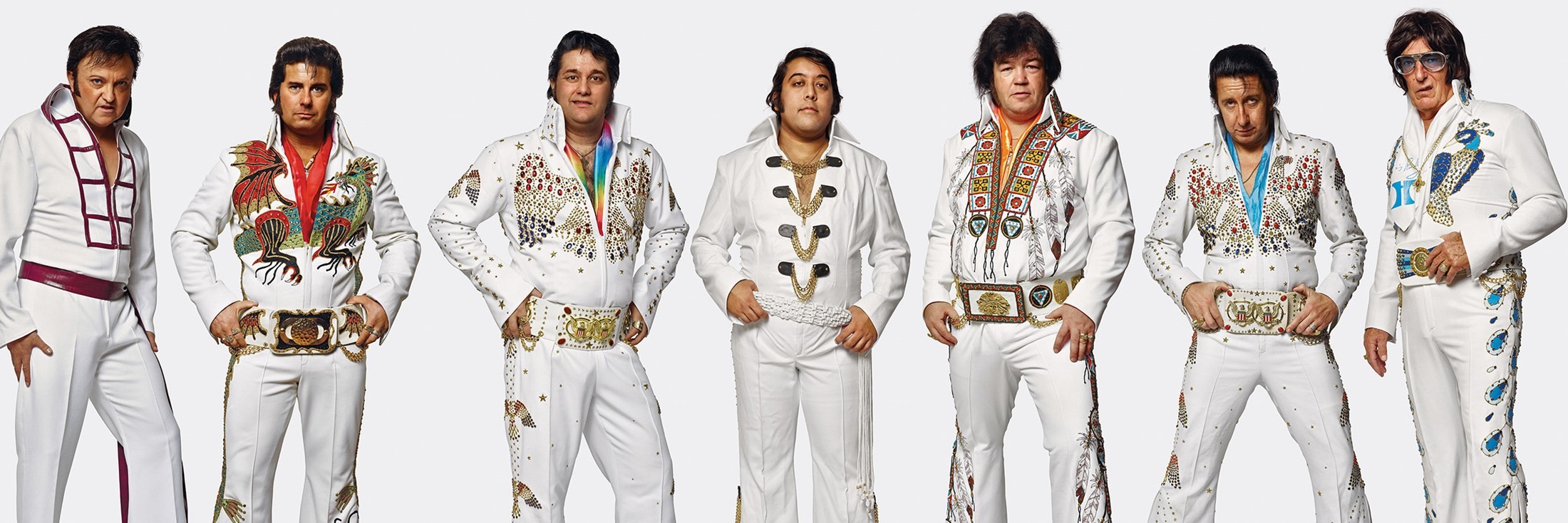

“The question ‘What do you listen to?’ can reveal so much about a person,” Mollison says, hinting that it’s one of the most intimate questions you can ask. Indeed, the music we close our eyes to and nod our heads along with when we’re alone or the tunes that play as we pedal down empty streets after a night out are more than just sounds filling the silence. They’re part of us, an invisible thread weaving through our memories and emotions, reminding us of significant moments in our lives, weaving the narratives we want to tell about our experiences, and defining who we are without words or explanations. And in uniting us in our universal, deeply-rooted yearning to be part of something bigger than ourselves, to find a home in our “tribe,” music brings us together. The answer to “What do you listen to?” is, in a way, the answer to “Who are you?”.
